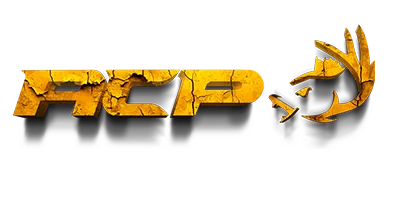How to Make your Decoy and Binocular Do The Work!
How to Make your Decoy and Binocular Do The Work!
How to Make your Decoy and Binocular Do The Work! Antelope in the Rut – Decoys and Optics help even the playing field.
Hunting antelope during the rut is some of the most fun, fast-action hunting in the country. The does only come into estrus for a couple weeks, accommodating the bucks with very little breeding time. Being such a short rut, they simply won’t tolerate some inferior chump attempting to woo even one female from their harem. After months of preparation and anticipation, you’ve spotted a herd with a shooter buck and now it’s time to get close.
 How to Make Using a decoy provides great cover as you let your binoculars do the work
How to Make Using a decoy provides great cover as you let your binoculars do the work
Using a 10x binocular, study the herd as you remain hidden behind the decoy. If the dominant buck is chasing away intruders and determined on keeping his does from straying, then your chances of using a decoy to fill your tag are very good. Use stealth and patience in trying to get between the buck and his harem, especially when he is distracted. When you’re in the right location, set up the Eichler Antelope decoy, making sure the buck sees it.

“On the open prairie, it’s easy to use a decoy because they can see it from a long ways off and have the speed to close the distance in a hurry.” Jerry McPherson
Rarely will you need to call at a buck, lest he doesn’t see the decoy. Flash the decoy at him by moving it up and down, then stake it in the ground and get ready. Hone your skills to perfection leading up to the hunt by practicing from every shooting position imaginable. Keep the decoy between the buck and yourself. More times than not, he is going to circle downwind of your position so draw your bow early and try to keep your heart from pounding out of your chest as you see him get within bow range.


If harvesting a Pope & Young Speed Goat (minimum mark of 67 inches) is on your bucket list, here are few tips to consider as you’re glassing:
Horn Length – Very important to keep in mind that the ears of a pronghorn antelope buck are usually up to six inches in length. Using them to help judge horn length on an antelope buck, look for an antelope that measures 14 inches or better in this department. And don’t forget to include the amount of horn length that curls and hooks over the top when making an in-the-field estimate for a buck’s horn length.
Mass – Most trophy antelope bucks have base mass measurements somewhere in the range of six inches or better. How can you accurately judge this measurement while glassing? Use the diameter of an antelope’s eyeball, which is approximately two inches, in making mass measurement guesses in the field.
Prong Length – Finally, when field judging an antelope buck’s prong length, don’t forget a trophy buck will typically possess a prong length of six to seven inches. How can you guess that measurement properly when looking at an antelope buck through your 10x binocular? By looking for prongs extending at least three inches from the front edge of the horn. And to help you do that, consider once again either the length of a buck’s ear or his eyeball diameter as field aids in determining such measurements.
Optics That Do The Work
Because most of your glassing will be at long distances and the need for detail is crucial to properly field judge your buck, we recommend the following 10x binoculars and a binocular harness for your next Antelope hunt.





 How to Make Using a decoy provides great cover as you let your binoculars do the work
How to Make Using a decoy provides great cover as you let your binoculars do the work


